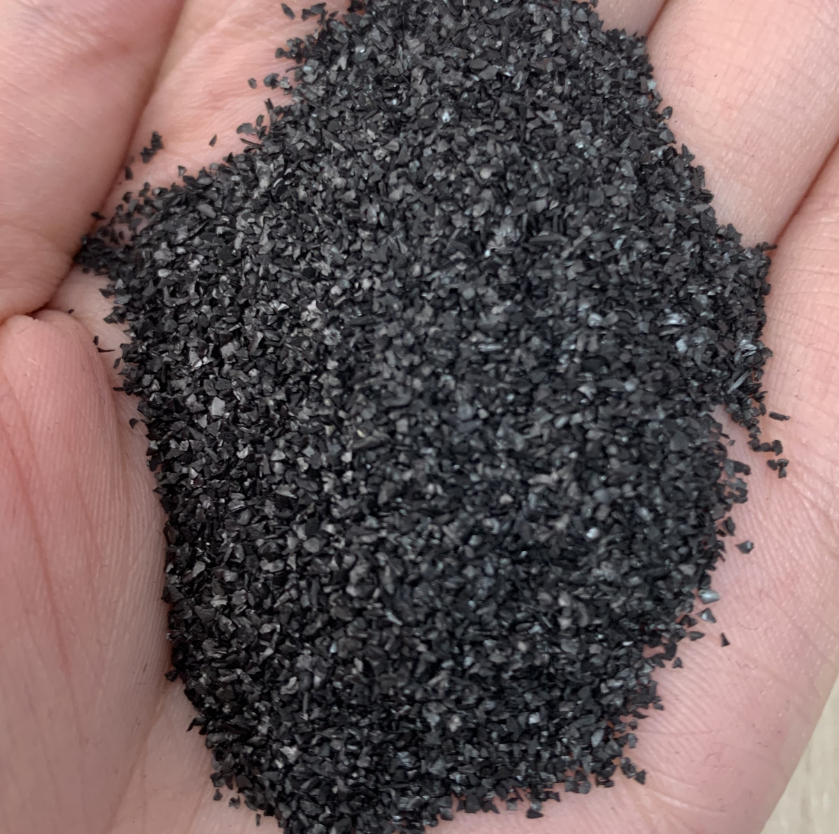Safety and Performance of Activated Carbon in Gas Masks
In any dangerous situation, protecting the human respiratory system is one of the primary drivers. As one of the components protecting users in gas masks, activated carbon is frequently used. Activated carbon is remarkably efficient in adsorption and therefore works as an efficient filter for harmful gas and vapors allowing for a better breathing experience.
Thanks to the well-developed and porous internal structure of activated carbon, the air may be easily purified of toxic compounds. This is the main reason why those materials are critical for the construction of effective gas masks, used in a variety of industries.
The activated carbon is secure for use in gas masks because it has an effective mechanism that can retain and store a wide range of harmful chemicals. Such effectiveness is a function of the large number of minute pores present in the structure of the activated carbon, which capture impurities and thus shield the lungs of the user.
In addition to that, the carbon is also impregnated, so it is able to capture more of certain toxins. Because of these qualities, clean air filters with activated carbon can withstand a range of industrial and emergency scenarios and provide better protection.
Yihang focuses on the production of high-grade activated carbon products which are safe and effective during filtration processes. Our activated carbon materials, are specially designed to withstand the high demands placed on gas mask components. Our products are produced in a manner that increases the adsorptive strengths for exposure against a variety of airborne threats.
To address particular filtration requirements, Yihang provides individual solutions like their High-Performance Granular Activated Carbon. This product can be utilized in areas where precise filtration is needed, such as in gas masks in order to efficiently adsorb toxic gases during industrial and hasty situations. Yihang's commitment to both high-quality and innovation in activated carbon technology aids in the improvement of the design of respiratory protective devices.

 EN
EN






























